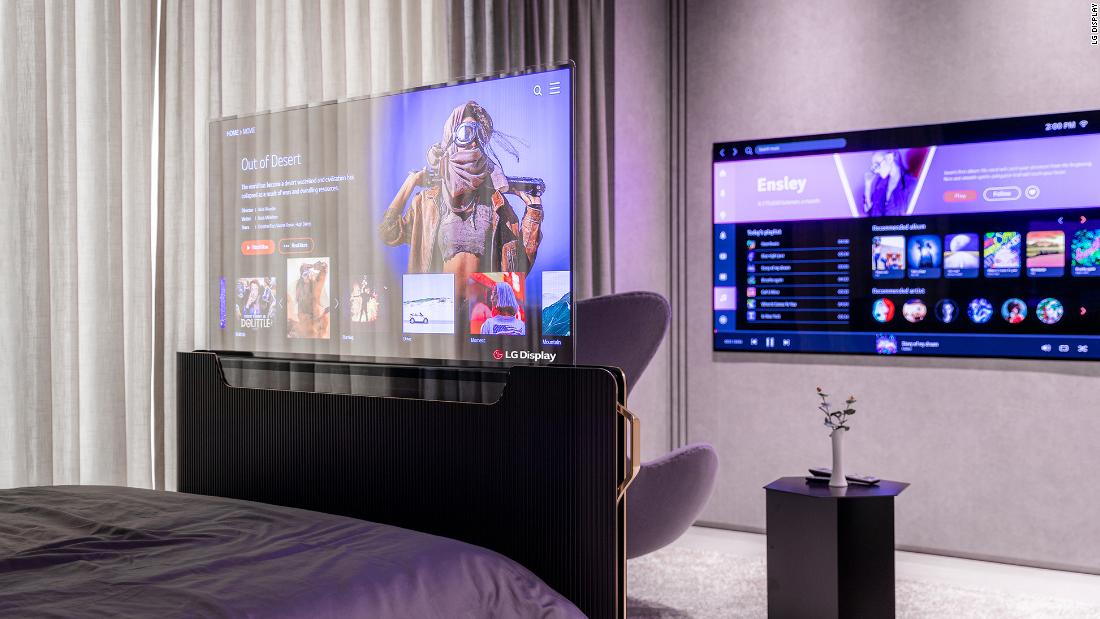Although transparent TVs seem like a cool but unnecessary technology, the industry experts say it is something that we will be able to see more in public spaces soon.
“The main use case is going to be commercial for now,” said James McQuivey, an analyst at market research firm Forrester. “Environments like shopping malls, art museums and sophisticated restaurants are going to want display technology that can be discreet when it shouldn’t be the center of attention.”
Manufacturers say companies can use transparent TVs to display information or menus creatively; LG even said it could work as a health divide between workers and guests. And while a sports bar may have many TVs on different channels, a sophisticated restaurant may want screens that look more like art in motion.
This may seem out of step at a time when most people are at home during the global pandemic, but monitor manufacturers have spent many years developing technological innovations that can often seem out of sync with market demand, said McQuivey.
“Sometime in the distant future, transparent displays will be useful for a variety of applications, certainly commercial displays and perhaps even in limited cases at home, especially when prices drop and technology improves,” he added.
It is not uncommon for companies to launch technologies without a clear market for them. Doing so is a way of assessing people’s initial response and interest, similar to the early days of OLED display technologies.
LG’s decision to hide a transparent TV on a bed for its promotional video shows how the technology could find a home beyond public places, especially to save space by going up and down the stirrup. “Today, TVs are usually placed against the living room wall – they can now be placed as a space divider or against a large glass window, which will only look like glass when not in use,” said Khin Sandi Lynn, an analyst from ABI Research. “It is an interesting feature for modern smart homes if the price and quality meet consumer expectations.”
